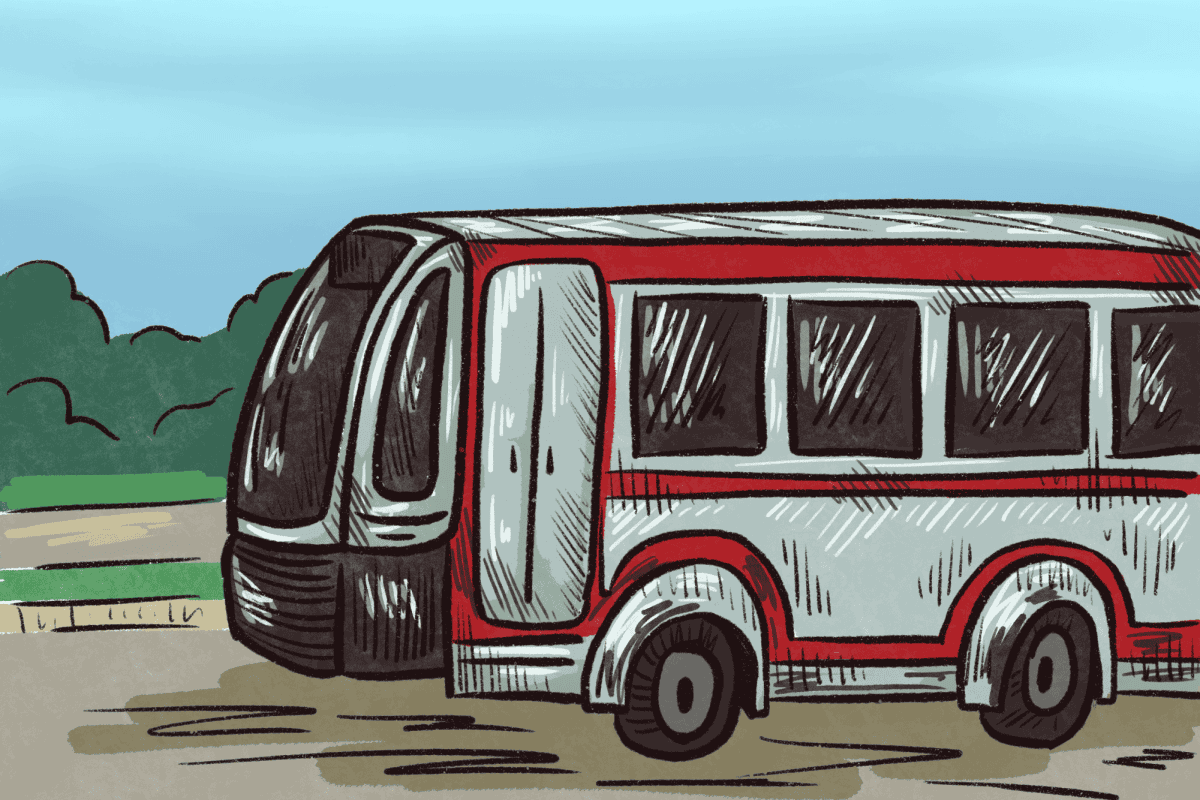The Crimson White is looking for a new copy editor. A paid position is available, but we also have several volunteers. If you are interested in working for us, and consider yourself a grammar nerd and have at least a cursory knowledge of the Associated Press stylebook, feel free to contact me on Twitter at the handle listed in the byline.
I like people to understand what they’re getting into, so the following is what I consider to be the five stages of life as a copy editor. Experiences may vary.
Stage One: Doing your job, and genuinely caring.
Like most jobs, people tend to put forth more effort than is really needed, or at least more than their colleagues, in the beginning. Eager to impress, the rookies read every story and page first, write thoughtful, engaging headlines and generally behave in a manner that, in an ideal world, we’d all strive for.
Much like the honeymoon phase of any new relationship, though, it does not (and to a degree cannot possibly) last.
Stage Two: Getting increasingly frustrated at a writer’s inability to improve his or her writing.
The telltale sign of a copy editor reaching this stage is mumbling. It’s to no one in particular – in fact, the mumbling varies from a small prayer to long, detailed obscenities – but it always follows certain themes:
“Did you even bother to read this before you submitted it?”
“Oh my God.”
“Do you not understand that this will be printed 15,000 times?”
The individual hasn’t given up hope (not yet, at least). One of the upsides of this stage is a superiority complex caused by an occupation that does nothing but correct other people’s mistakes.
Stage Three: Questioning why you do the job as you hit the keyboard harder and harder with every correction.
The chief difference between stages two and three isn’t necessarily related to the amount of time spent on the job. No, the evolution from two to three is most often associated with the personal knowledge of the writers you edit most frequently and their personal accomplishments.
There will be instances in which you will re-write the first paragraph of a story for every single article a specific person writes, only to find out that this person is now interning at The Washington Post.
Whereas before the copy editor simply mumbled, during Stage Three the newsroom is filled with shouts of rage and cries of anguish mixed in with the ever-louder click-clack of the keyboard as you slam your fingers down with the collective fury of every man, woman and child who has ever read Strunk and White.
I can’t print what is actually said, obviously, but rest assured that the creativity employed in some of these curses rivals even the most accomplished design editor.
Stage Four: Existential despair
You’ve stopped doing your job because, unfortunately, the desk you’re currently slamming your head against doesn’t have a monitor on it. You swear to confront the writer the next time you see him, but when he does show his face in the newsroom you quietly brood and then announce to the rest of the room how terrible he is once he’s gone.
This stage goes beyond simply questioning why you do this. At this point, it doesn’t matter – you can’t stop, because if you stop then the story will still be wrong, but you also know the next day will present even more stories with even more egregious errors.
This stage doesn’t last as long as the others, but what it lacks in duration it makes up for in sheer intensity.
Stage Five: Quiet reserve and acceptance of your role in life.
What time does the bar close?
John Davis is the Chief Copy Editor of The Crimson White. If you are interested in joining the copy desk, email John at [email protected]






